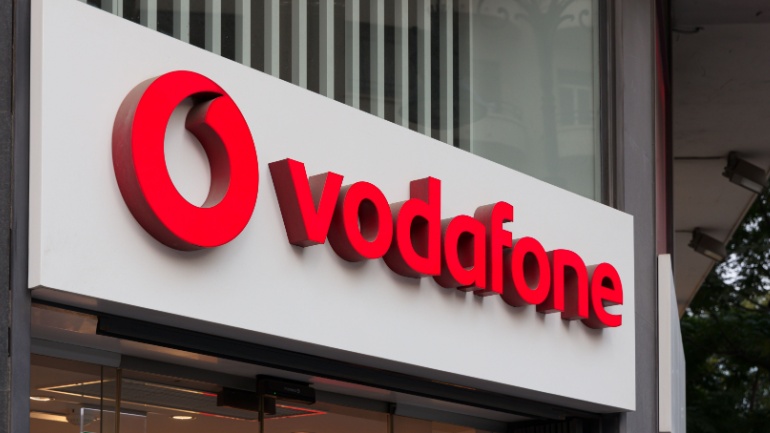Private equity firms KKR, Cinven, and Providence may soon exit MasOrange via an IPO, potentially by next year. The mobile giant, formed from Orange and MasMovil’s €22 billion merger, reported strong 2024 earnings. While no decision is final, investor interest is high, and an IPO could reshape Spain’s telecom sector.
Vecttor, a Cabify subsidiary, is revolutionizing fleet management with “Keyless,” a digital car access solution developed by Telefónica Tech and Geotab. This app-enabled system enhances efficiency, security, and driver convenience by eliminating physical keys. Currently rolling out across 3,000 vehicles in Spain, it marks a major step toward smarter, more sustainable mobility.
The Indian government’s strategic move to convert Vodafone Idea’s debt into equity has dramatically increased its stake to 49%. This comes as a lifeline for the telco, offering significant relief in its enormous debt woes. Despite this, Vodafone Idea faces tough competition from leaders Jio and Airtel, particularly in the 5G arena.
UPS has teamed up with NTT DATA to revolutionize its IT infrastructure over a decade. This transformative project utilizes AI to enhance UPS’s operational efficiencies and customer experiences while modernizing its data management across cloud platforms.
Siemens’ groundbreaking collaboration with Microsoft at Hannover Messe showcases a next-level industrial AI foundation, revolutionizing Industry 4.0. Leveraging vast production archives, this AI enhances automation and integrates digital systems like virtual PLCs. With applications already at Audi, Siemens leads in bridging the skilled labor gap and optimizing industrial processes.
Vodafone Idea has teamed up with Nokia to upgrade its optical transport network, enhancing 4G and preparing for 5G expansion in India. This partnership leverages Nokia’s advanced optical technology for scalability and efficiency. With 5G rollouts underway and strategic financial investments, Vodafone Idea aims to expand coverage and strengthen its market position against competitors.
The UK’s efforts to modernize its public sector with AI face significant challenges, according to a report by the Public Accounts Committee. Issues like fragmented data, outdated technology, and a skills shortage hinder progress, casting doubt on Prime Minister Keir Starmer’s pledge.
Microsoft has canceled several planned data center projects across the U.S. and Europe, totaling around 2 GW of capacity. Analysts suggest this signals an oversupply or strategic cost-cutting amid AI investment concerns. While Microsoft remains committed to AI, the move raises questions about market stability.
O2 Germany is rapidly expanding its rural 5G network, adding 1,600 improvements and 100 new sites. Now covering over 97% of Germany’s population, the expansion enhances connectivity in both urban and remote areas. O2 aims to boost network capacity and improve service along transport routes.
Ericsson and SoftBank have signed a Memorandum of Understanding to propel next-gen telecom technologies, including AI, Cloud RAN, and 6G. The partnership, called “NextWave Tech,” aims to enhance network efficiency and connectivity. Emphasizing innovative spectrum use and AI-driven automation, this collaboration positions Japan as a leader in telecom advancement.













